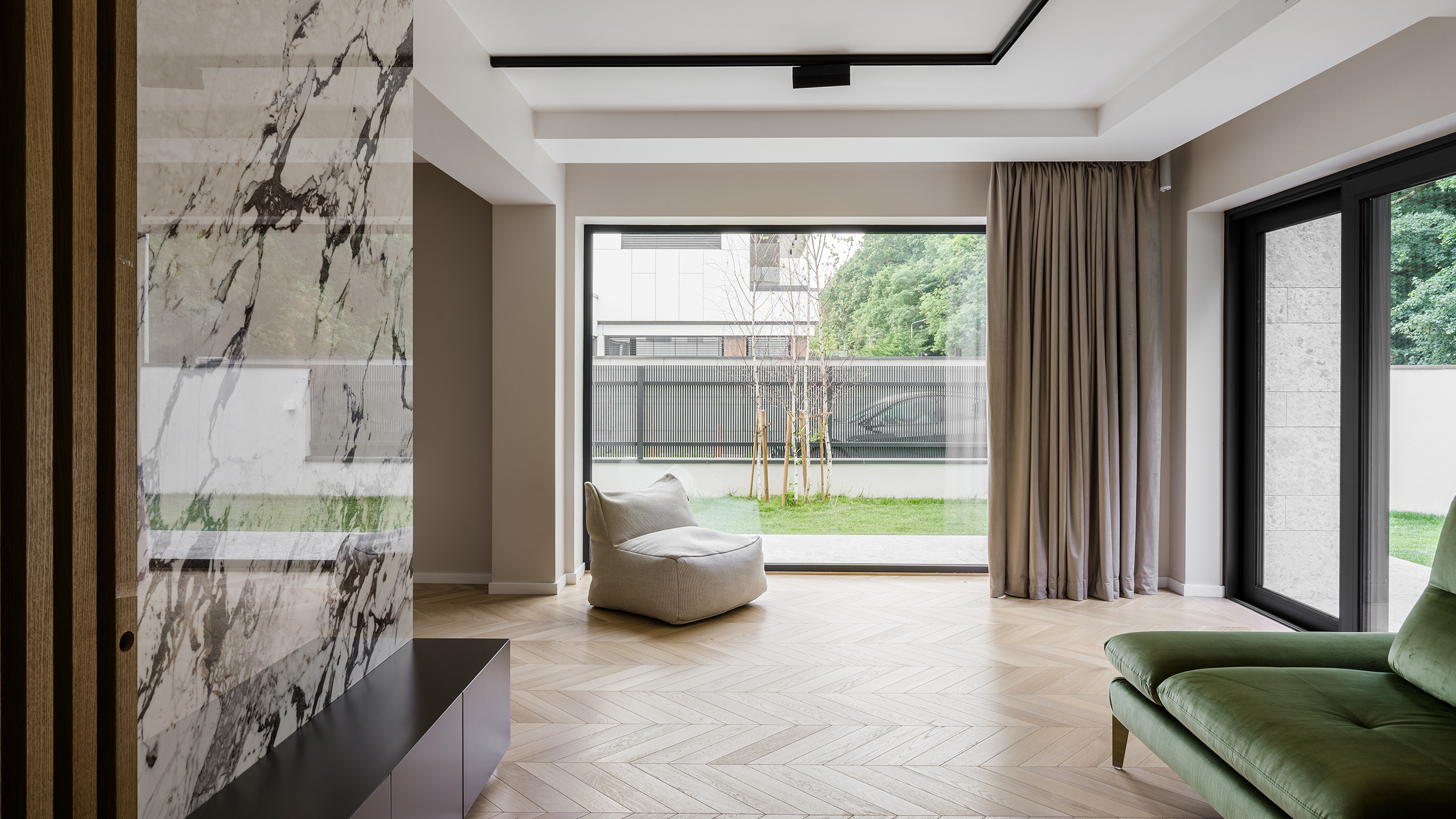The H97 interior architecture project was conceived through a methodologically rigorous, client-centered process, synthesizing spatial coherence, functional clarity, and sensory refinement. The intervention strategically distributed functions across four levels, each tailored to distinct experiential imperatives. The ground floor, defined by an open-plan layout, natural materials, and calibrated daylight, fosters social interaction and spatial fluidity. Upper floors provide serene private spaces through chromatic restraint and tactile subtlety, while the attic offers a polyvalent retreat promoting creative inhabitation. A curated palette of textures and hues unifies the design into a cohesive narrative. For the client, the project redefines domestic life through spatial generosity and adaptability. On a broader level, it stands as a paradigm of residential architecture where aesthetic intentionality and human-centric functionality are seamlessly integrated.

